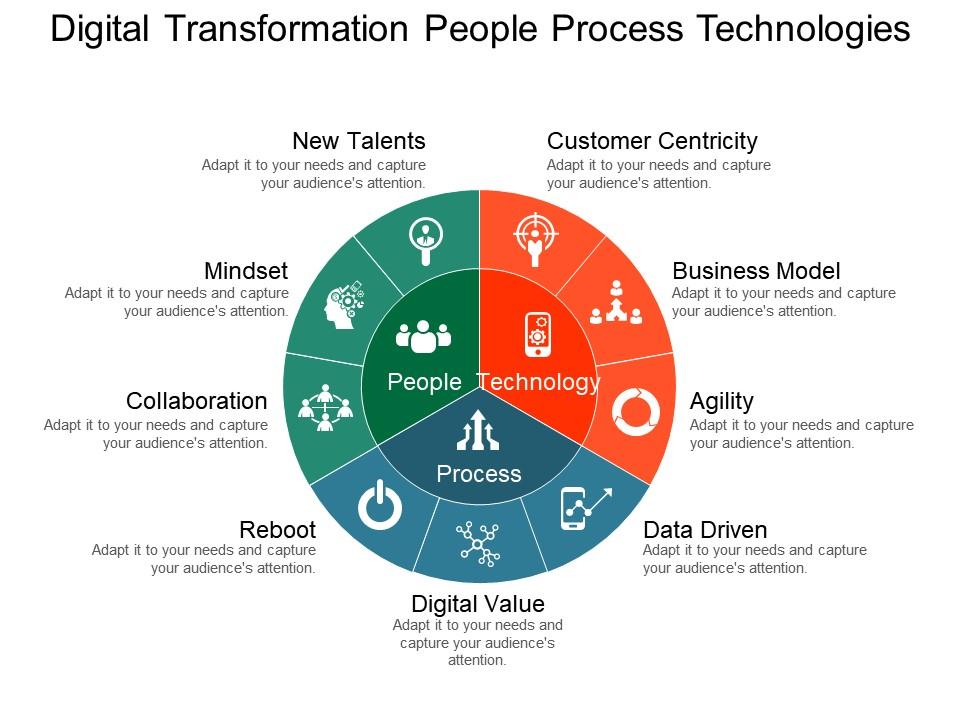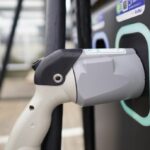We all have heard it way too many times, everyone is talking digital, recommending digital and a simple Linkedin search with your network will reveal there are way too many digital leaders and managers in your circle.
Well, you don’t need to be left out, I am going to explain what is Digital even before I start on digital transformation and How utilities can start on the digital transformation journey.
Let’s begin by understanding digital transformation
What is Digital Transformation?
We’re living in a world that’s more digital than ever before, sound familiar ?. But what does “digital” really mean?
Digital is about using technology to make things better. To make things easier, faster, more efficient, and more effective. To bring people together in new ways. To connect people with the information they need, when they need it. And to make sure that our most valuable resources – our time, money, and energy – are never wasted.
Digital can be as simple as a mobile app that helps you manage your grocery list or as complex as an advanced oil-rig monitoring system that protects workers and the environment while also saving millions of dollars. It can help a small business reach new customers or help a utility improve its operations and customer service while also decreasing costs.
Top 4 Points To Keep In Mind When Starting A Digital Journey
1. Digital Transformation is a journey and not a destination
A common misconception about digital transformation is that there’s an end to it, that once you’ve completed the journey, you can sit back and relax. But the reality is that digital transformation is not a destination it is a continual process.
It is a continuous process that transforms the way you do business, interact with customers, and compete in the market.
The idea behind digital transformation is to integrate technology into your business processes to create a competitive advantage over other companies. The ability to leverage technology in order to make processes more efficient while improving customer experience is what sets apart digitally transformed Utility companies from others.
2. Digital Transformation is not just about technology
Some people think that digital transformation is just about new technologies, such as big data, analytics, and the Internet of Things (IoT).
It’s true that these technologies are important. They help companies to gather more data from their operations and then use analytics to turn this data into insight.
Yes, tech enables companies to manage their resources more efficiently and safely. But digital transformation is not just about technology – it’s also about business models and processes.
It’s about how you change your business model and processes, which includes how you interact with customers, how you empower your employees, and the products and services you offer. For example, if you only focus on developing a mobile app without changing how your business works, customers may not find it useful or intuitive.
3. Digital Transformation should be driven by customer expectations and experience
Digital transformation should be guided by what customers want, how they live their lives, and how they interact with brands. Companies need to make sure they understand these things, so they can adapt their business models accordingly.
This can involve providing customers with more choices or designing new services for their lives. Companies also need to make sure there are no barriers that prevent customers from getting what they want in the
4. Digital Transformation is not an overnight fix, it takes time
The first thing to understand about digital transformation is that it is not something that will happen overnight, regardless of what the marketing material from your IT providers may say. Instead, digital transformation is a long and arduous journey. It requires insight, foresight, and the ability to execute complex initiatives over many years. In addition, these initiatives need to be well planned and executed in parallel with the business as usual activities of your organization.
Digital Transformation requires core plumbing it’s not a high-level fix

In order to execute digital transformation successfully you first need to get the core infrastructure right, this includes all elements of the technology stack from data collection and management through to analytics, applications, and user interfaces.
It also means having strong governance, organizational alignment, and cultural commitment.
Digital Transformation is not a single solution or Vendor Provided Solution
The technology required for digital transformation often involves several vendors and large teams of people working together over years.
Some organizations attempt this journey by selecting a large systems integrator to provide end-to-end services but this approach often ends in failure – there simply aren’t enough people with relevant experience in any one company to deliver such projects successfully.
The right approach is to build internal capability through an agile development process
In my view, digital transformation requires a large degree of collaboration between many different providers and skillsets to be able to create a seamless customer experience from end to end.
What can be Digital Transformation in True Sense for a Utility Company
1. Modernizing the Energy Grid to Better Serve Consumers
The transformation starts with the modernization of the grid. A fully modernized grid will give consumers greater control over their energy consumption, which will allow them to better manage their costs. It will also make it easier for energy companies to respond quickly to changes in supply or demand and proactively prepare for and address outages, whether due to weather or other causes. The modernization of the grid will not only improve the consumer experience but also increase efficiency for the energy company and its employees.
2. Providing Energy Consumers With Greater Control Over Their Costs
Until recently, a utility customer’s only options to manage their energy costs were to use less energy or to finance the purchase of more expensive but energy-efficient appliances and equipment.
With the advent of smart meters, however, consumers can now take advantage of data-driven services that allow them to choose the time they use electricity while avoiding periods of peak demand. This adds a new dimension to their ability to better manage their household expenses.
If this demand is not met, it can be quickly gained by new disruptors. Consumers are turning to third-party apps that can show them how they use electricity and how they can reduce usage by Using either Smart plugs or gateways (e.g., Nest, Uplight). These apps grab small bits of consumer data from utility smart meters, allowing consumers to monitor their home energy consumption in real-time.
For utility providers, digital innovation is about providing customers with greater control over their energy consumption and spending, making it easier for them to save money on their bills.
3. Winning Consumer Preferences, One Smart Meter at a Time
The modernization of the grid starts if you have intelligence on LV Side that will come with smart meter installation. Energy companies that can effectively engage with customers on an ongoing basis are more likely to win consumer preference and retain customers over time. Digital solutions can help facilitate that engagement by leveraging data from smart meters installed in customers’ homes. For example, if a customer is interested in reducing her carbon footprint, she can get information about how her usage compares with others
Final Thought
Now that you may have an idea of what is about digital, utilities need to start embracing the change at a more accelerated pace.
The energy industry is in a state of major disruption, with new entrants and new technologies emerging at an unprecedented rate. Established players need to evolve quickly, or risk being left behind. We can help you bring new products to market and create innovative digital experiences that allow consumers to take control of their energy usage and costs.


